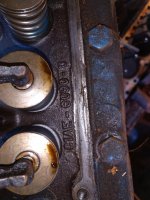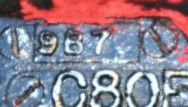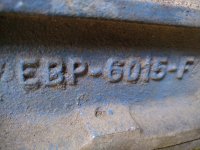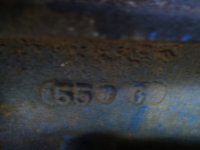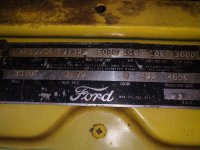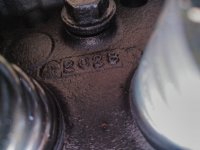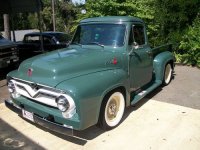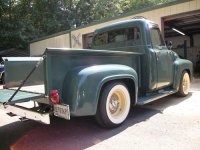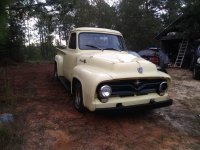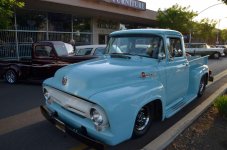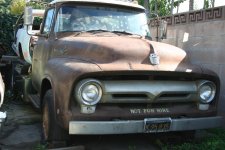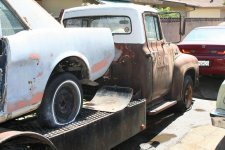So this is about what I figured so I should be able to remove these tubes then as they shouldn't be necessary? Im worried that the little sleeve on the end of that 1st tube either fell down into that oil galley or is lodged in there. Will that end up in the oil pan if It did fall into there?
So given that the 57 seems to be a better head than the 55 and I already have it, I'm going to take it to machine shop hopefully tomorrow have it cleaned and the valves adjusted.
I am trying to put some parts together, I want NGK plug wires and E3 spark plugs but every site I put my vehicle in says the parts don't fit.
Part of my problem is that I think my father and grandfather put a part of a 12v system in this truck but maybe didn't change all the parts ... Idk so I'm having trouble figuring out exactly what parts I need
... Idk so I'm having trouble figuring out exactly what parts I need 
I read that E3 plugs can help build compression, has anyone tried them on a 6?
What plug wires should I use? I want better than stock really but I don't need the best either, maybe 8mm?
Also I am contemplating upgrading the intake and maybe putting a holly EFI on it, thoughts?
Should I just have the old stuff cleaned and put it back together?
So given that the 57 seems to be a better head than the 55 and I already have it, I'm going to take it to machine shop hopefully tomorrow have it cleaned and the valves adjusted.
I am trying to put some parts together, I want NGK plug wires and E3 spark plugs but every site I put my vehicle in says the parts don't fit.
Part of my problem is that I think my father and grandfather put a part of a 12v system in this truck but maybe didn't change all the parts
I read that E3 plugs can help build compression, has anyone tried them on a 6?
What plug wires should I use? I want better than stock really but I don't need the best either, maybe 8mm?
Also I am contemplating upgrading the intake and maybe putting a holly EFI on it, thoughts?
Should I just have the old stuff cleaned and put it back together?

